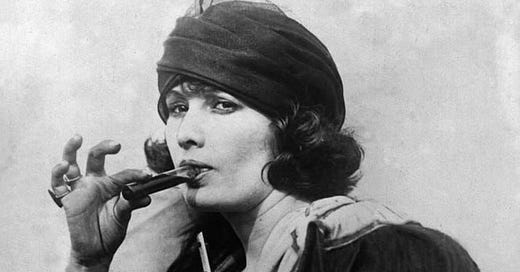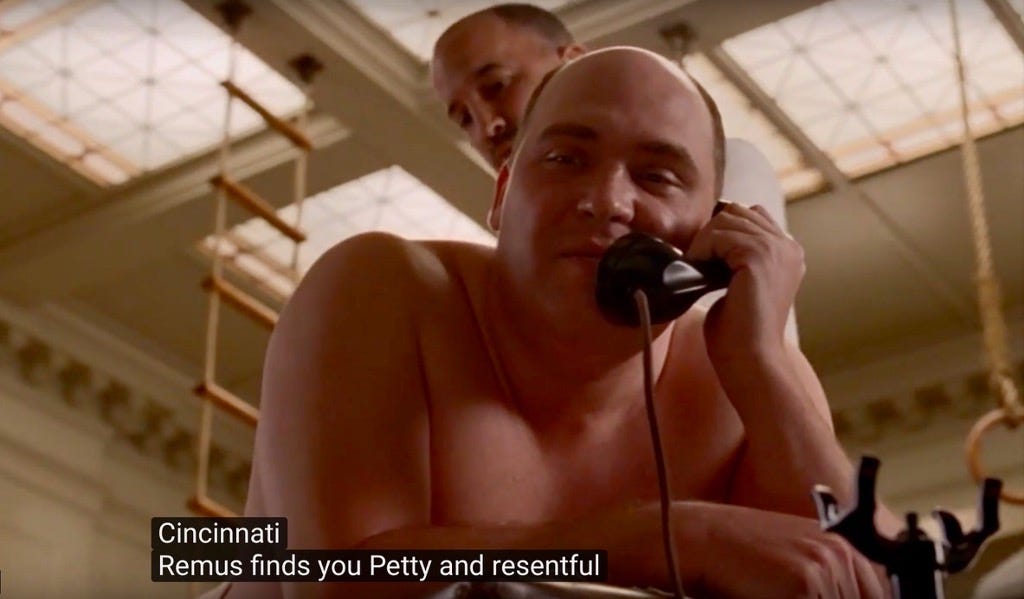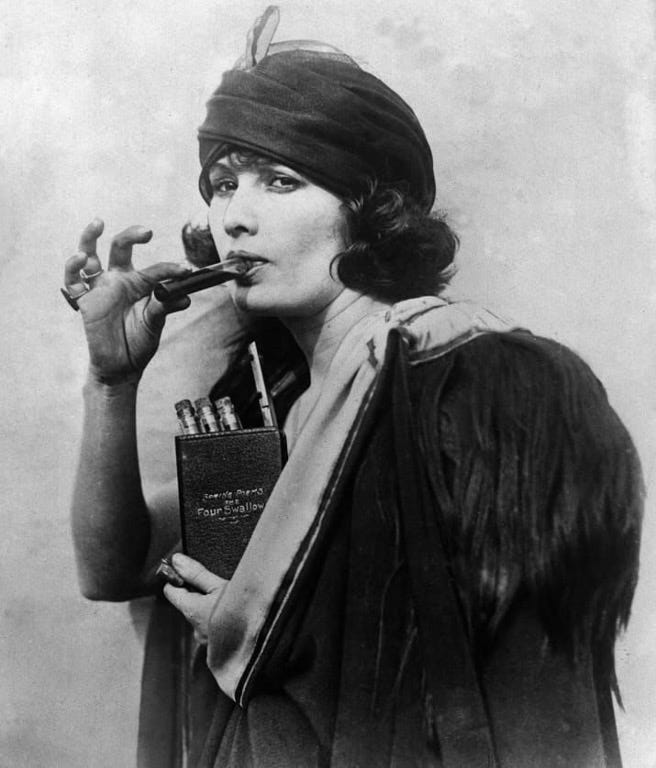Remus: The Mad Bootleg King podcast
July 18, 2023
Question: What American bootlegger spoke of himself in the third person, was an inspiration for The Great Gatsby, and made more money than Al Capone?
Anyone who watched the HBO series Boardwalk Empire might guess the answer: George Remus. He’s the subject of my most recent nonfiction book, The Ghosts of Eden Park, and now the subject of a podcast I’m hosting on iHeartRadio called REMUS: THE MAD BOOTLEG KING. It’s a wild trip through the Roaring Twenties: whiskey, flappers, crooked Prohibition agents, a pioneering woman politician, a scheming wife, a sordid love triangle, murder, and a trial that made history. I’m joined on the podcast by an immensely talented gang of voice actors who really bring the story to life. The first episode drops today! Take a listen here, and please subscribe and spread the word if you like what you hear.
To pique your interest, here are three of the most interesting things I learned while researching George Remus.
George Remus as portrayed by actor Glenn Fleshler on Boardwalk Empire
One:
Unlike Al Capone, whose underworld business included drugs and prostitution, George Remus was strictly a bootlegger—and the most successful one in history. After only one year in business, Remus owned 35 percent of the liquor in the United States. His fortune was estimated to be between $20-$40 million—in 1921 dollars, not adjusted for inflation. He had so much money he considered opening a private bank, with Remus himself being the only client. The irony of Remus’s great bootlegging success: He was a teetotaler who never drank a drop of alcohol in his life.
The Cincinnati Enquirer’s depiction of Remus’s New Year’s Eve party.
Two:
Remus’s parties, like Jay Gatsby’s, were lavish and legendary. At his 1921 New Year's Eve celebration, held at his Cincinnati mansion, guests enjoyed a new luxury: “electric baths,” which were an early version of a tanning bed, heated by incandescent lights and said to make the user “frisky.” Remus also dispensed extravagant party favors: diamond stickpins and watches for the men, brand new 1922 cars for the women, and a $1000 bill tucked under everyone’s plate. In a gesture emblematic of the times, one what would be remembered in awe decades later, Remus lit guests’ cigars with $100 bills. All this, in an era when the average annual salary was about $1,200.
The Four Swallows was a very popular “book” during Prohibition.
Three:
Americans developed ingenious ways of smuggling booze. A double-amputee war veteran boasted that he could carry 36 pints in his artificial arm and leg. Women hid pints inside of false rubber breasts. A raid on a seemingly innocent soda parlor in Helena, Montana uncovered squirt guns with a two-drink capacity. There were liquor-filled torpedoes landing on Long Island, specialized “liquor submarines” that raised and lowered out of sight, and seagoing tugs with compartments hiding enough liquor for thirty New Year’s Eve parties. The picture above is one of my favorites. At first glance, she's carrying a book titled "Spring Poems: The Four Swallows" by "J.B. Corn" (a reference to John Barleycorn). But of course the book is masquerading as a flask; flip the top and you'll find four vials filled with whiskey.
And if you fancy a cocktail as you listen, here’s the recipe for a classic Gin Rickey—one of the most popular drinks during Prohibition, and the preferred libation of F. Scott Fitzgerald.
Ingredients
• 1/2 oz lime juice
• 2 oz dry gin
• 5 oz soda water
Directions
1) Combine all ingredients except for the soda water in a glass
2) Fill the glass with ice
3) Stir to combine and chill the ingredients
4) Gently add the soda water and give the drink a couple of last stirs to mix it fully
Hope you enjoy REMUS: THE MAD BOOTLEG KING! Cheers until next time...
Visit the New Site: abbottkahler.com
Learn about the author, upcoming events, and inspiration behind her books.









